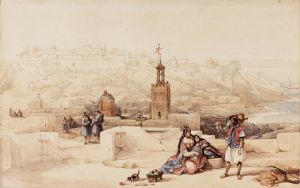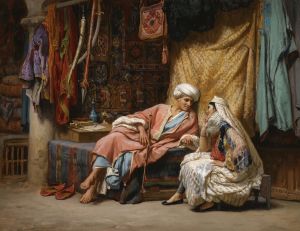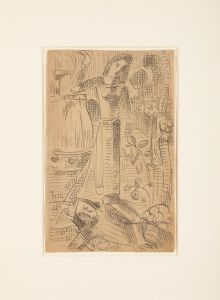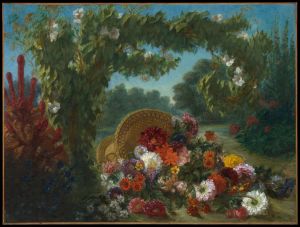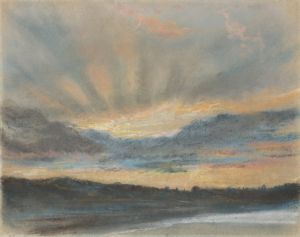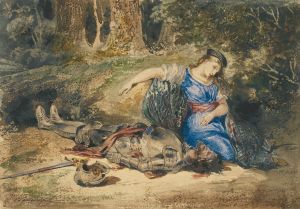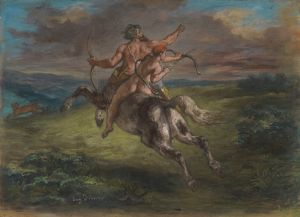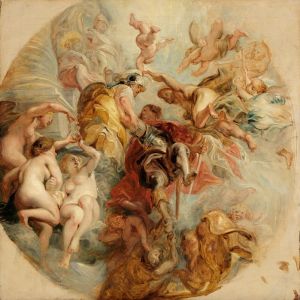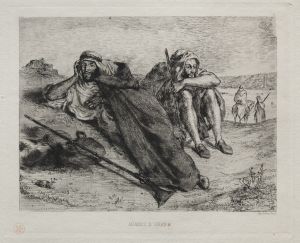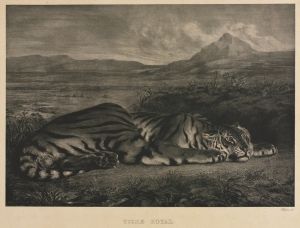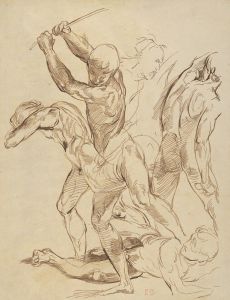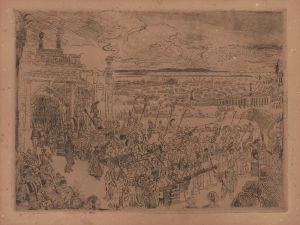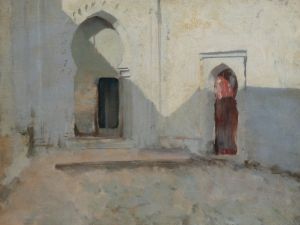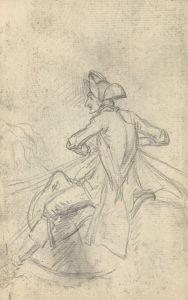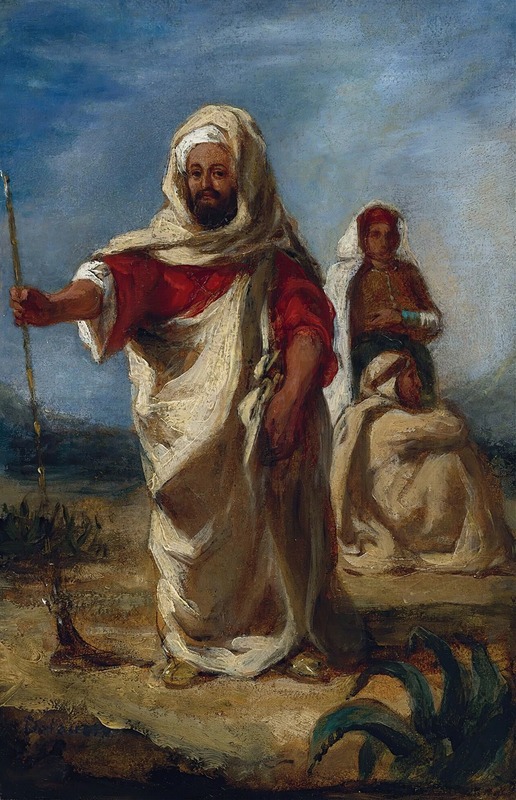
Moroccan Chieftain
A hand-painted replica of Eugène Delacroix’s masterpiece Moroccan Chieftain, meticulously crafted by professional artists to capture the true essence of the original. Each piece is created with museum-quality canvas and rare mineral pigments, carefully painted by experienced artists with delicate brushstrokes and rich, layered colors to perfectly recreate the texture of the original artwork. Unlike machine-printed reproductions, this hand-painted version brings the painting to life, infused with the artist’s emotions and skill in every stroke. Whether for personal collection or home decoration, it instantly elevates the artistic atmosphere of any space.
"Moroccan Chieftain" is a painting by the renowned French Romantic artist Eugène Delacroix. Delacroix, born on April 26, 1798, in Charenton-Saint-Maurice, France, is celebrated for his vibrant use of color and expressive brushstrokes, which played a significant role in the development of both the Romantic movement and modern art. His works often depict dramatic and exotic subjects, drawing inspiration from literature, historical events, and his travels.
The painting "Moroccan Chieftain" is a testament to Delacroix's fascination with North African culture, which was sparked by his journey to Morocco in 1832. This trip was part of a diplomatic mission, and it profoundly influenced his artistic direction. Delacroix was captivated by the landscapes, people, and customs he encountered, and he filled numerous sketchbooks with studies and observations that would inform his later works.
"Moroccan Chieftain" reflects Delacroix's interest in the people he met during his travels. The painting portrays a Moroccan leader, capturing the dignity and authority of the figure through Delacroix's dynamic style. The chieftain is typically depicted in traditional attire, which Delacroix rendered with meticulous attention to detail, showcasing his ability to blend realism with the emotive qualities of Romanticism.
Delacroix's use of color in "Moroccan Chieftain" is particularly noteworthy. He employed a rich palette to convey the vibrancy of the scene, using bold contrasts and subtle gradations to create depth and movement. This approach not only highlights the chieftain's commanding presence but also reflects the influence of the intense light and vivid colors Delacroix experienced in Morocco.
The painting is also significant for its composition. Delacroix often used dynamic arrangements to convey energy and emotion, and "Moroccan Chieftain" is no exception. The figure is typically positioned in a way that suggests both strength and grace, embodying the Romantic ideal of the noble, heroic individual.
"Moroccan Chieftain" is part of a broader body of work by Delacroix that explores themes of Orientalism, a term used to describe the depiction of Eastern cultures by Western artists. While Orientalism has been critiqued for its stereotypical portrayals, Delacroix's works are often praised for their empathy and depth, reflecting his genuine interest in and respect for the cultures he depicted.
Today, Delacroix's paintings, including "Moroccan Chieftain," are celebrated for their innovative use of color and form, which influenced subsequent generations of artists, including the Impressionists. His ability to capture the essence of his subjects with both sensitivity and drama ensures that his work remains a vital part of art historical studies.
While specific details about the current location or provenance of "Moroccan Chieftain" may not be widely documented, Delacroix's legacy as a master of Romantic art and his contributions to the depiction of non-European cultures continue to be recognized and appreciated in art institutions and collections worldwide.





